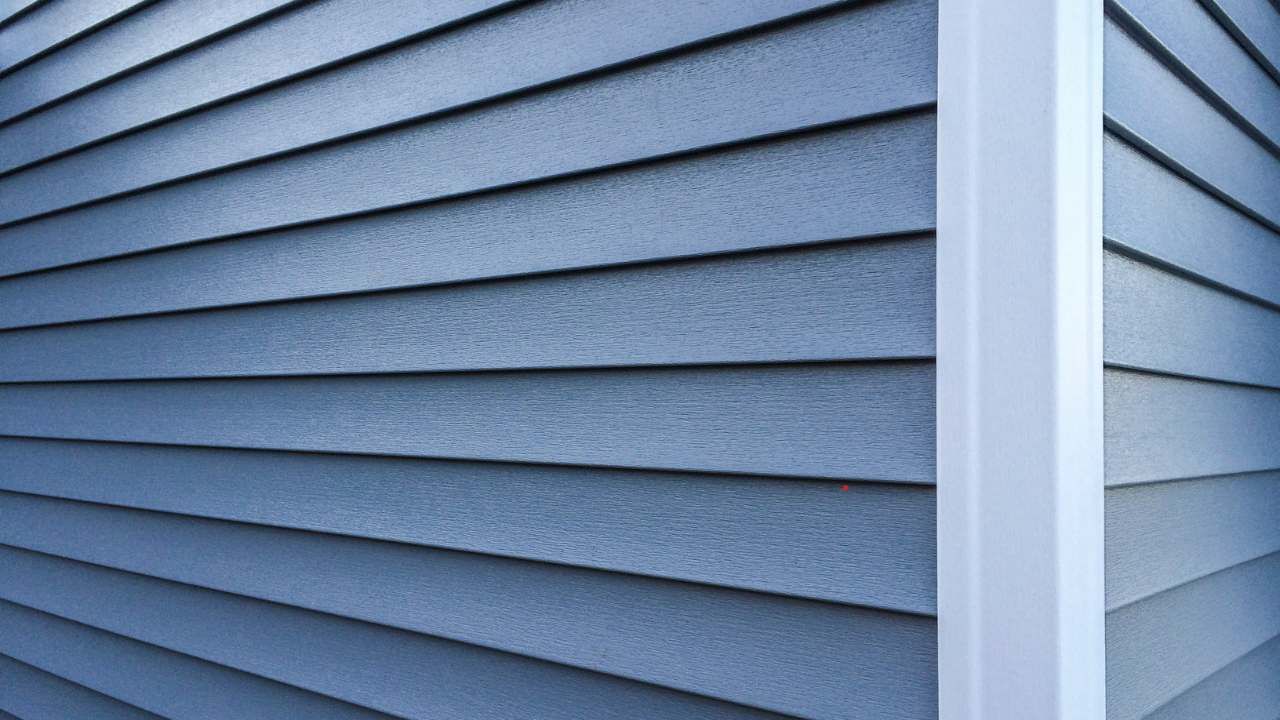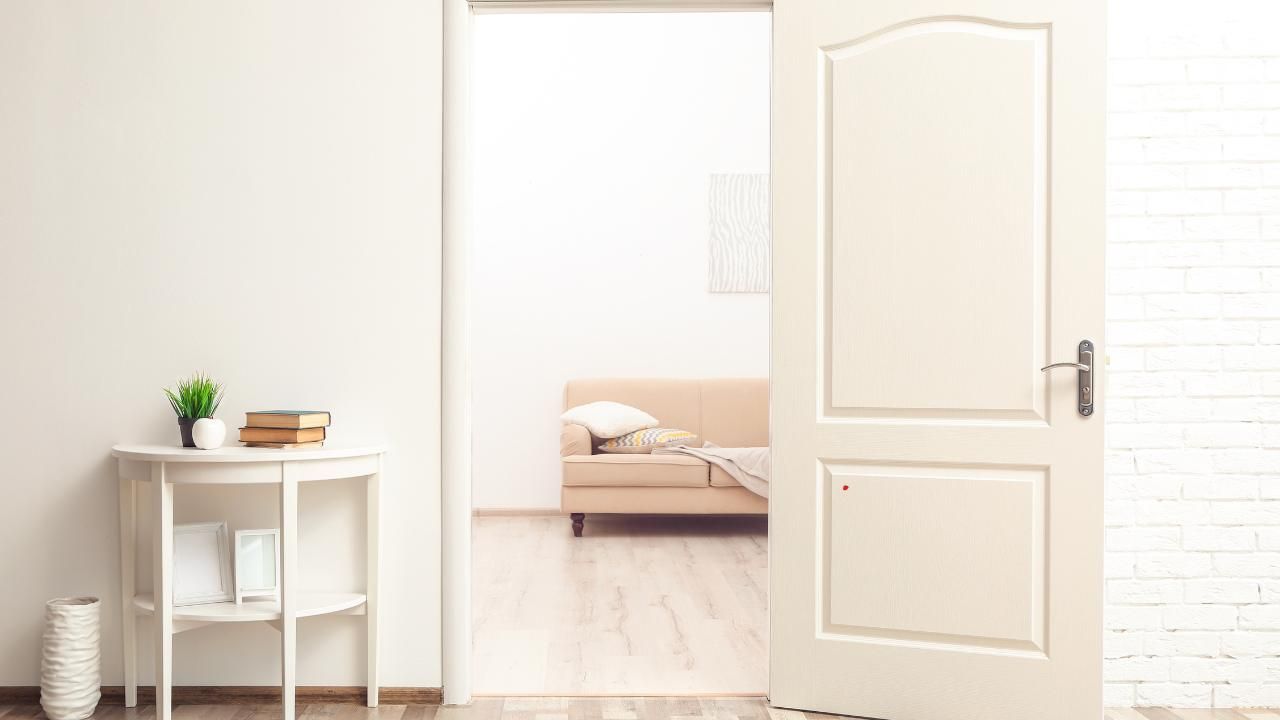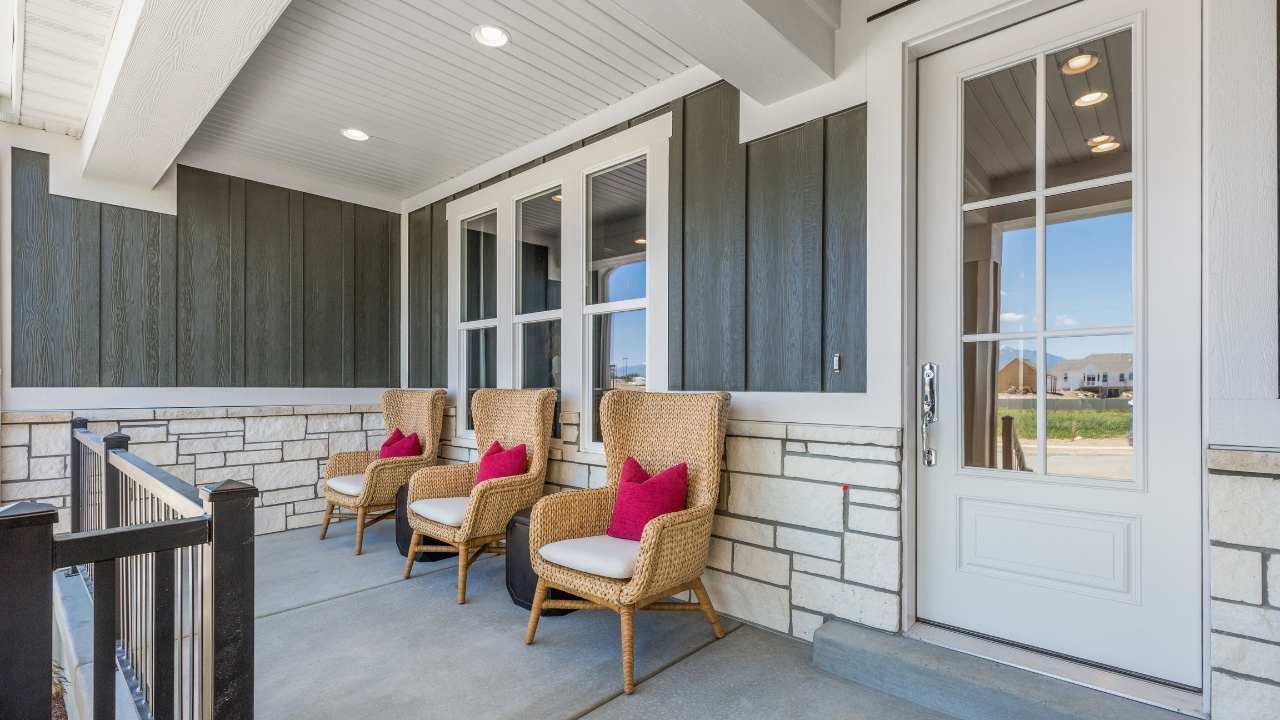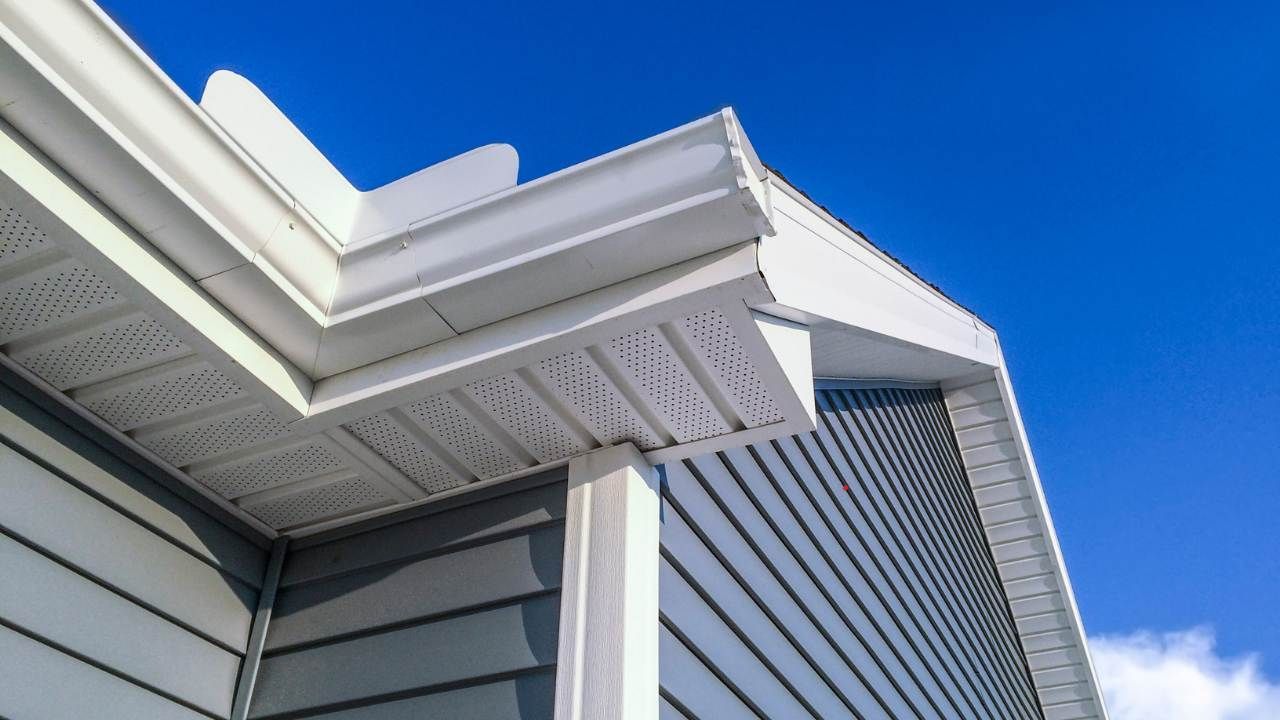The Environmental Impact of Different Types of Paint: What You Need to Know
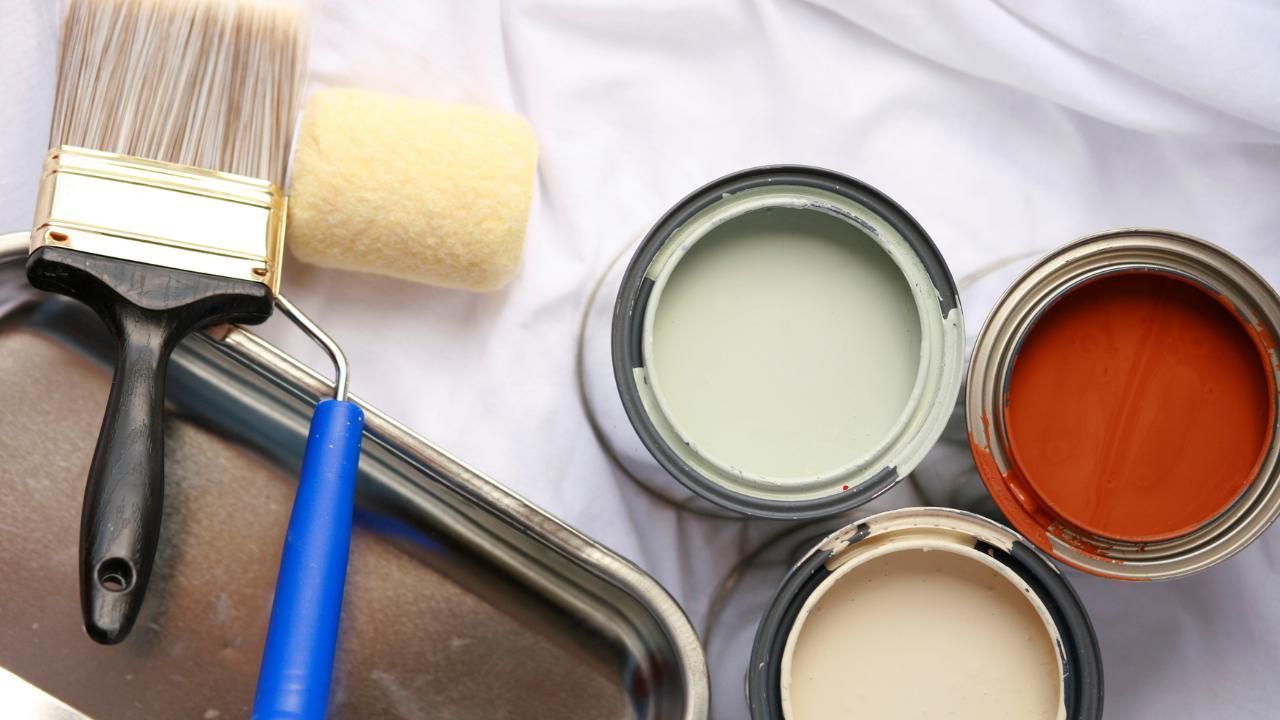
There's a significant difference in paints, particularly regarding their environmental impact. Whether you're sprucing up your living room or repainting your exterior, the type of paint you choose matters more than you might think. Paints can release harmful chemicals into the air, affect indoor air quality, and contribute to pollution during their production and disposal.
In this post, we’ll break down the environmental effects of different types of paint and what to consider if you want your next project to be more eco-conscious.
Why Paint Choices Matter for the Environment
Paint doesn't just stick to walls—it affects the air, water, and even our health. The main environmental concerns include:
- Volatile Organic Compounds (VOCs): These chemicals evaporate into the air as paint dries, contributing to smog formation and respiratory issues.
- Toxic Additives: Heavy metals and preservatives in some paints can be hazardous if not properly disposed of.
- Non-recyclable Waste: Many paints come in containers that are not biodegradable or recyclable, leading to long-term waste problems.
Choosing the right paint helps reduce these effects while still delivering great results.
Comparing Paint Types: Which Is Greener?
Here’s how the most common paint types stack up environmentally:
1. Latex (Water-Based) Paints
- Environmental Impact: Low
- VOC Levels: Very low or zero-VOC options available
- Benefits: Easy cleanup with soap and water, dries quickly, and safer for indoor use
- Best For: Interior walls and ceilings
Latex paints are generally the most environmentally friendly option on the market today. Many manufacturers now offer zero-VOC formulas that significantly reduce indoor air pollution.
2. Oil-Based Paints
- Environmental Impact: High
- VOC Levels: Very high
- Drawbacks: Strong odors, longer drying times, and require harsh solvents for cleanup
- Best For: High-durability needs like trim, doors, or outdoor metal
Oil-based paints are effective and durable but come with a heavy environmental cost due to high VOC emissions. Use them only when absolutely necessary, and never indoors without proper ventilation.
3. Natural Paints
- Environmental Impact: Very low
- VOC Levels: Near zero
- Composition: Made from clay, chalk, milk proteins, and natural pigments
- Best For: Eco-conscious homeowners and allergy-sensitive environments
Natural paints are gaining popularity for those seeking sustainable options. They may be more expensive and harder to find, but they’re biodegradable and toxin-free—ideal for green living.
4. Acrylic Paints
- Environmental Impact: Moderate
- VOC Levels: Moderate to low, depending on the product
- Best For: Artistic work or surfaces where elasticity is key
While acrylics are water-based, they contain plastic polymers that may not break down easily in landfills. If using acrylic paint, look for formulas labeled "low-VOC" or "eco-certified."
Case Study: Eco-Friendly Residential Repaint in Stillwater, OK
A local homeowner recently contacted a painter in Stillwater OK to revamp their home’s interiors using sustainable materials. With the help of Mancini Custom Painting, they chose a premium zero-VOC latex paint. The team’s careful selection of materials and proper disposal methods helped minimize environmental harm without compromising on finish quality. It’s a great example of how professional painting services in Stillwater can combine craftsmanship with eco-awareness.
How to Make Greener Paint Choices
Want to lower your carbon footprint without sacrificing beauty? Keep these tips in mind:
- Choose zero-VOC or low-VOC paints
- Look for eco-labels like Green Seal or GREENGUARD
- Buy only what you need to reduce waste
- Dispose of leftover paint at approved recycling or hazardous waste facilities
Working with environmentally conscious professional painting contractors like Mancini Custom Painting can also help ensure the job is done responsibly from start to finish.
Final Thoughts
Being environmentally responsible doesn’t mean giving up on style or quality—it just means making smarter choices. Whether you go with latex, natural, or another option, knowing the environmental footprint of your paint can make all the difference.
Looking for a trusted partner for your next eco-friendly project? Reach out to a painter Stillwater OK residents rely on, for expert painting service that puts the planet first.


